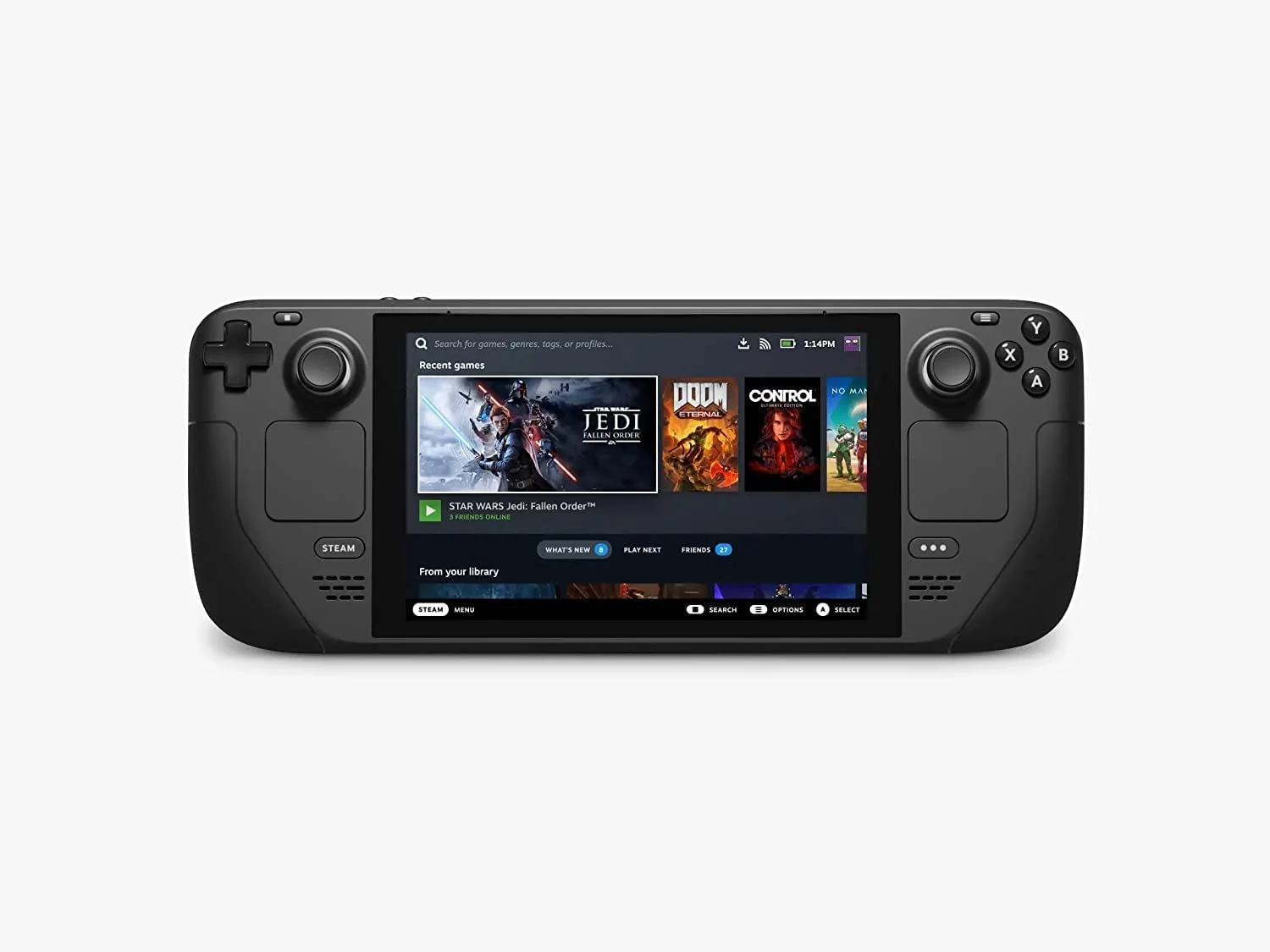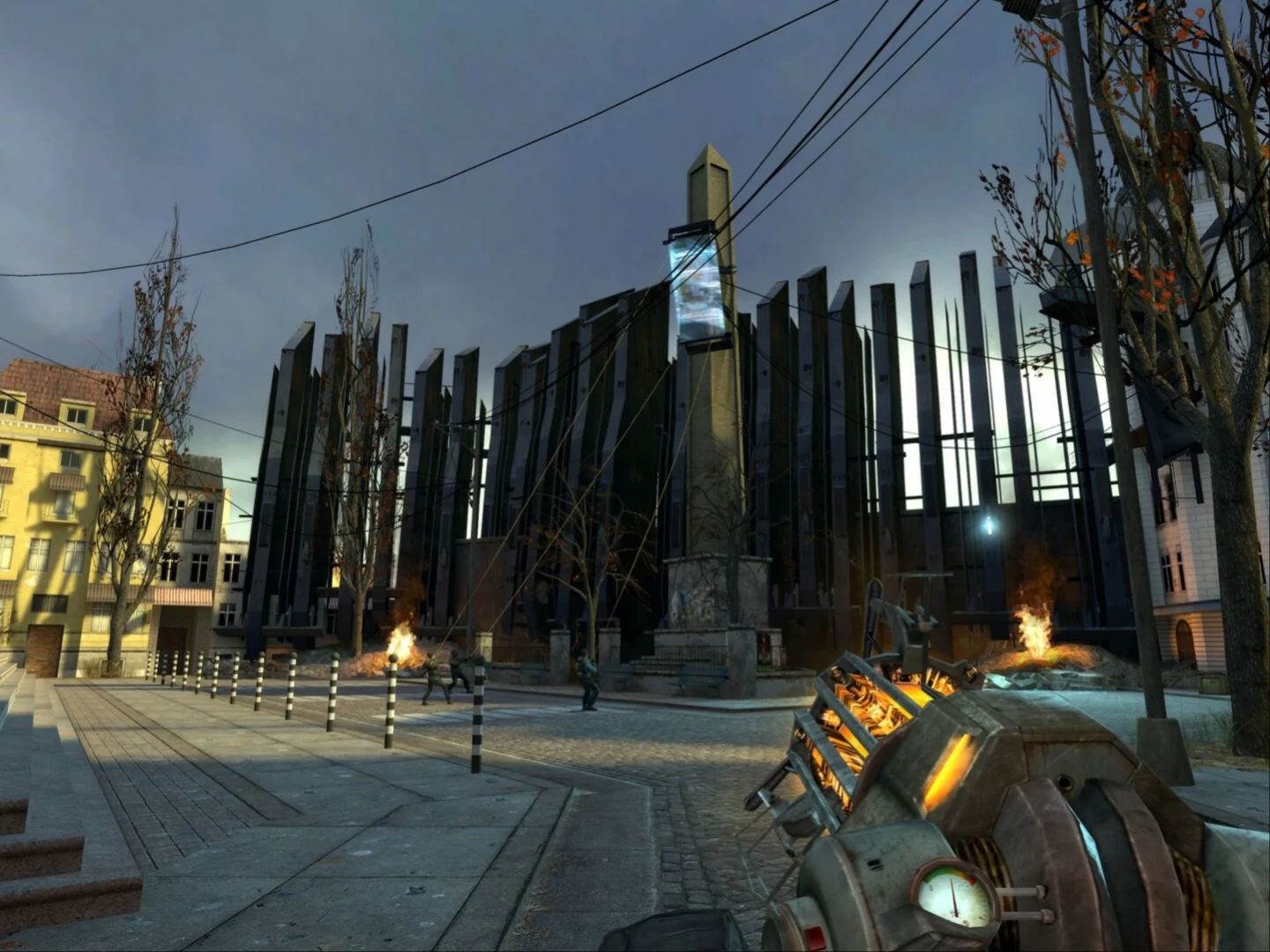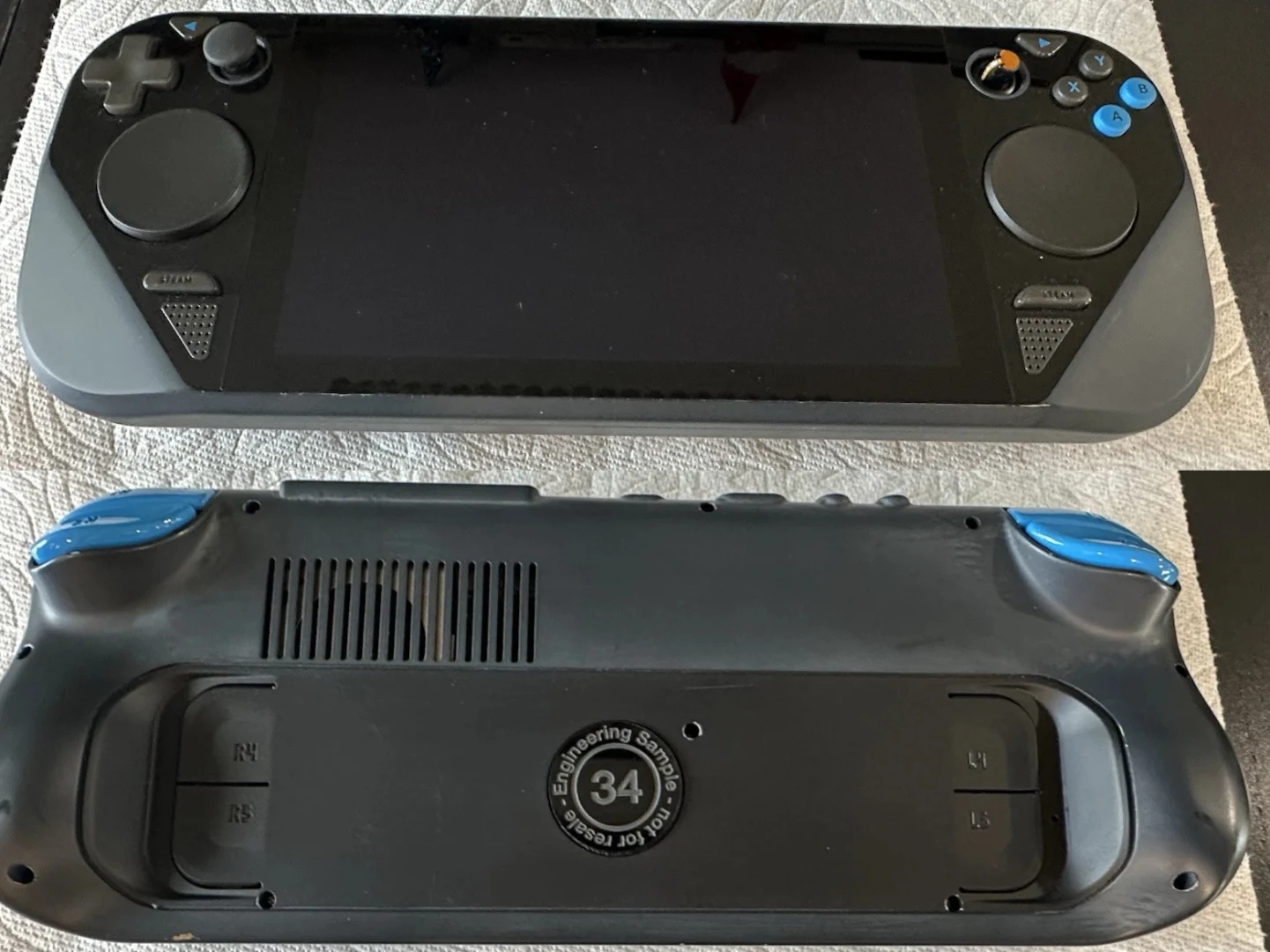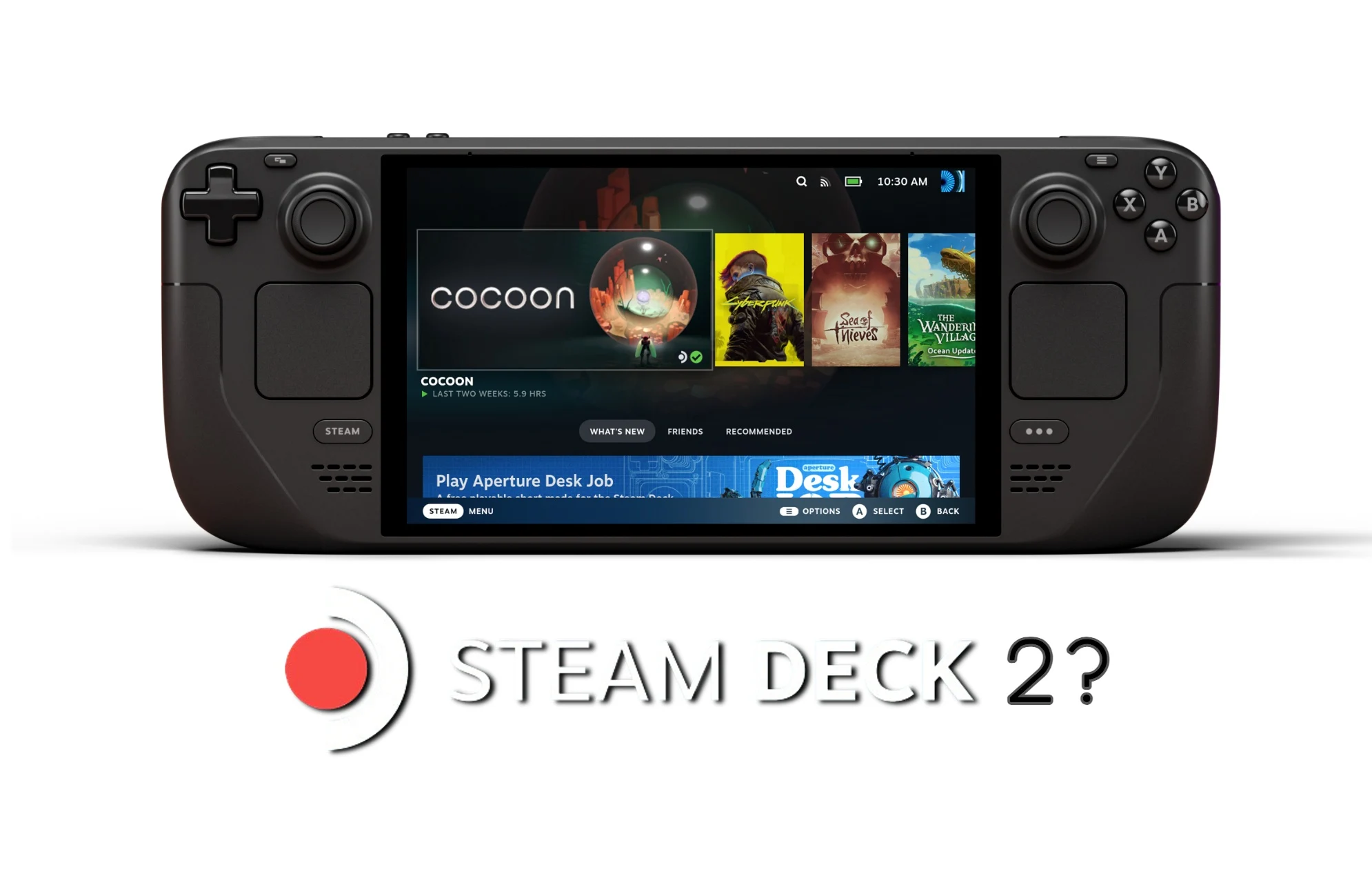Key Takeaways
1. Valve investigated rumors of a data breach involving 89 million Steam accounts and found that the leaked data only included older one-time codes and phone numbers, with no links to account details or personal information.
2. The company assured users that the leaked older text messages cannot compromise account security, and users will be notified if any changes are made to their account via SMS.
3. Users do not need to change passwords or phone numbers, but Valve recommends setting up an authenticator for added security.
4. The initial breach report originated from a LinkedIn profile claiming a dataset for sale on the dark web, but Valve clarified it does not use Twilio for authentication, despite claims of 2FA logs being involved.
5. Valve has not confirmed the source of the leak or how the 2FA logs ended up on the dark web, as Twilio denied any breach.
No, your Steam account hasn’t been compromised. Valve has addressed the latest rumors and leaks concerning a data breach that allegedly involves over 89 million accounts available for purchase on the dark web.
Company’s Findings
Valve took a look at the leaked data and discovered it only included “older text messages that had one-time codes valid for only 15 minutes, along with the phone numbers they were sent to.”
More crucially, the company stated, “The leaked information did not link the phone numbers to any Steam account, nor did it contain password details, payment information, or other personal data.”
Security Assurance
The company emphasized that older text messages “cannot be used to compromise the security of your Steam account.” Additionally, they noted that “whenever a code is utilized to alter your Steam email or password via SMS, you will receive a notification via email and/or secure messages on Steam.”
You don’t need to change your passwords or phone numbers, but it’s always smart to set up an authenticator for extra security. For more details on how to set up and activate Steam Guard, check out the guidance on Steam’s support website.
Origin of the Report
The initial report about the hack can be traced back to a LinkedIn profile, Underdark.ai, which asserted that a malicious actor named Machine1337 had uploaded a dataset containing 89 million Steam user accounts on the dark web.
According to the report, these accounts were being sold for $5000 (€4463.50 or £3766) and required buyers to have a Telegram account to complete the transaction. The report also mentioned internal vendor data in the leak, suggesting there might be some admin access involved.
Updates and Clarifications
The report has been revised to indicate that the leak included “real-time 2FA SMS logs routed through Twilio.” Interestingly, Twilio has denied any breach, and Valve clarified that it does not use Twilio for authentication services.
Currently, Valve has not yet confirmed the origin of the leak or how the two-factor authentication (2FA) logs made their way onto the dark web.
Source:
Link













